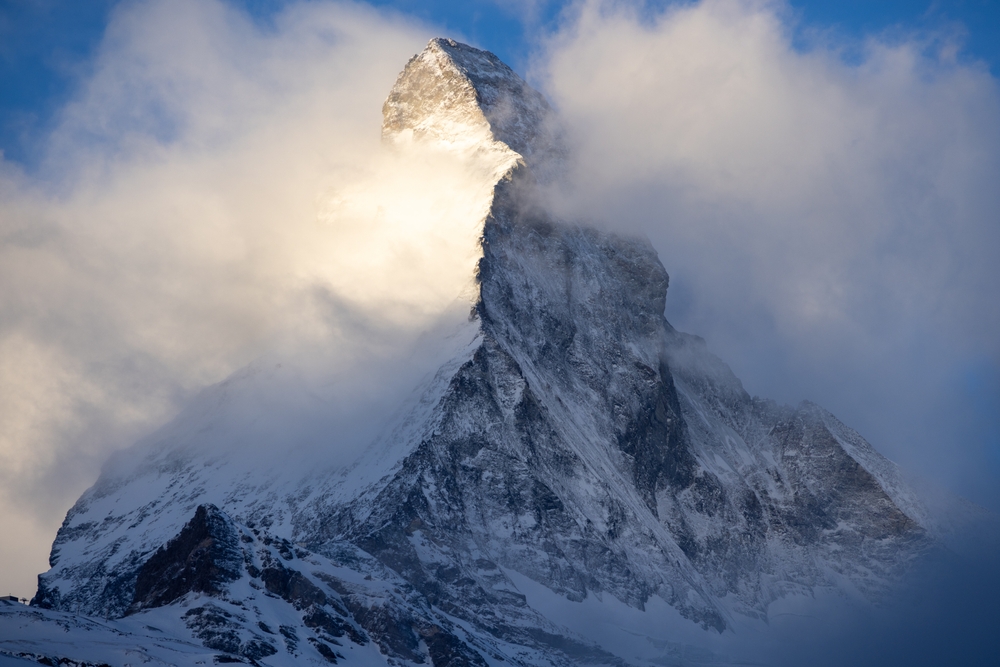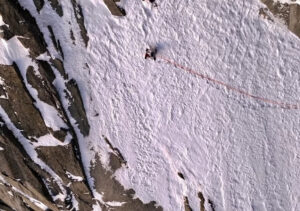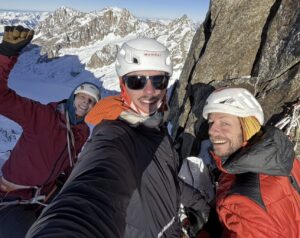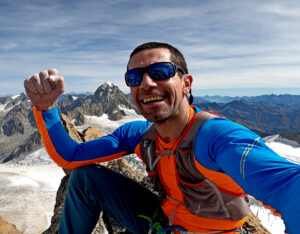It has been a tough summer season in the Alps. Rockfall is increasing as climate change melts the permafrost holding the rocky faces together, heavy rains flooded alpine towns, and there has been a rash of deaths, including three in a week on the Matterhorn.
The Matterhorn is a hugely popular peak, with roughly 3,000 summits per year. With so many climbers, accidents are inevitable. There are four to six deaths per year, mostly the result of rocks or falls. Many deaths (and all three last week) occur on the descent, a hair-raising, three-and-a-half-hour highwire act along a sharp ridgeline and down through loose rock.
The short film Way to the Matterhorn does a solid job showing off the mountain’s most popular route, the Hornli Ridge. Some 70% of climbers choose this route, which gets exceedingly busy in peak season. But presenter Julia Lyubova and local Zermatt guide Andreas Steindl are lucky. Climbing early in the Covid pandemic and with poor weather predicted for later that day, they have the mountain mostly to themselves.
After a very early start from the Hornli Hut, we’re treated to a spectacular sunrise from high on the mountain and some vertigo-inducing shots of the windy summit ridge. But the film doesn’t shy away from the difficulties of the descent.
Careful footsteps and nervous chatter
On the way down, climbers are typically physically and mentally tired. The descent can require rappeling, and it’s easy to wander away from the route without an experienced guide.
Lyubova and Steindl are up and down without incident, yet you can feel Lyubova’s nerves through sections of the descent. Quiet moments are punctuated with heavy breathing and nervous chatter.
“The descent feels much harder than the ascent,” Lyubova explains. “I am not sure if I have done anything more frightening in my life before this.”






